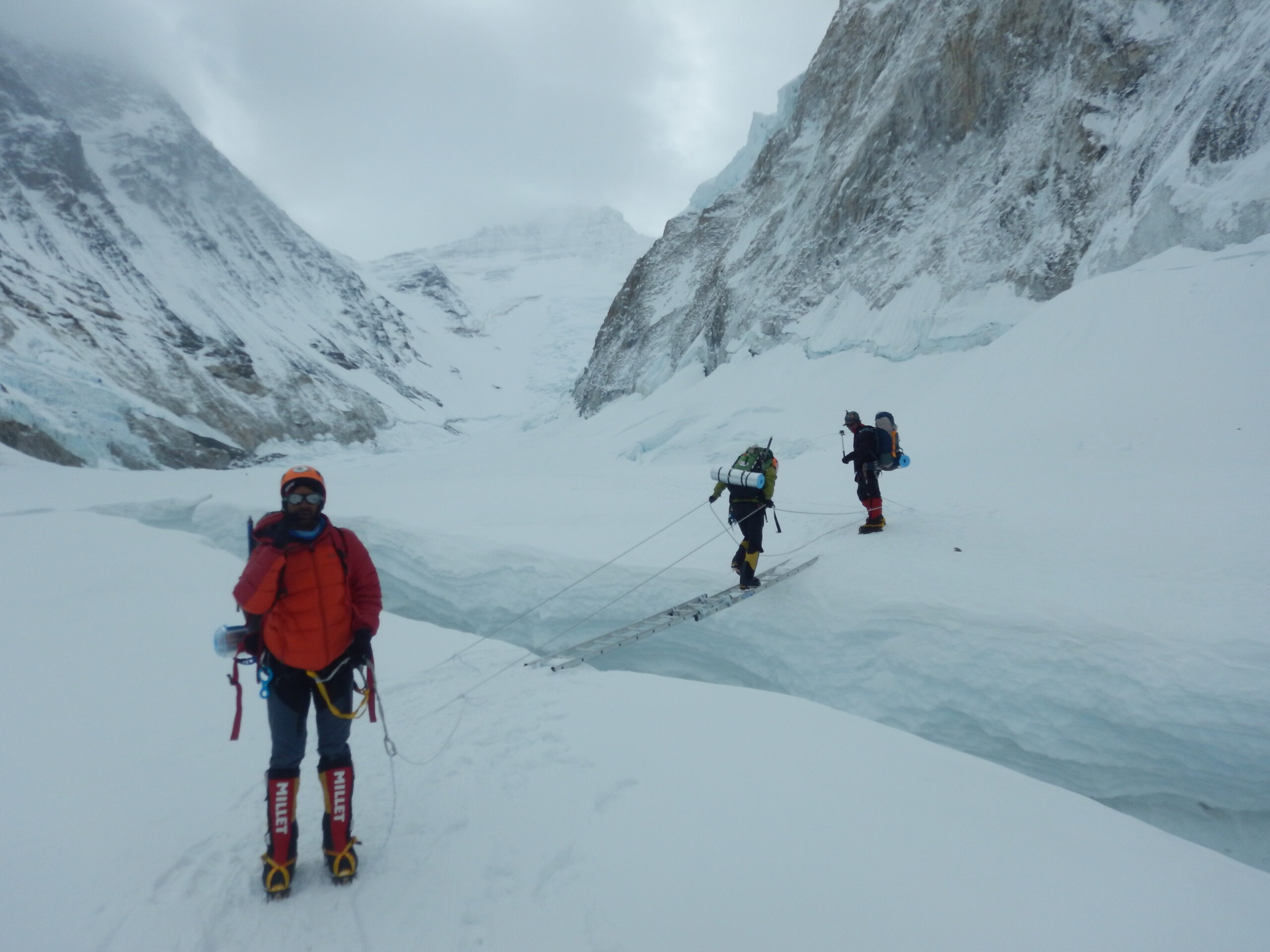
Introduction: Beyond the Summit Selfie
Over the last 16 years of my life spent climbing mountains, I’ve come to realise that it’s not the summits that linger — it’s the stuff in between. The quiet moments. The chaos. The cold. The conversations. The climbs where things went spectacularly wrong, and somehow still ended right. These are the experiences that make great tales of adventure.
I once read that experience is simply the sum total of all your mess ups; your mistakes — each lesson painstakingly earned through sweat, toil, and, on the more dramatic days, a little blood and often tears. And while I’d like to believe I’ve earned some stripes, I’m still learning — from the terrain, the weather, the altitude, and most importantly, the people who call these mountains home.
Of all the people I’ve met along the way, the Sherpas of the Everest Valley stand tall — not just in strength, but in wisdom, grace, and their uncanny ability to make the impossible look effortless (all while carrying twice your weight and smiling through it).
This blog is my humble attempt to pass on some of that wisdom. Not the textbook kind. The lived kind. The kind that isn’t found in glossy brochures or YouTube highlight reels. If you’re someone who dreams of standing at 6000 metres, watching the sun rise over a range of snow-capped giants — this one’s for you.
No jargon. No fluff. Just practical, slightly irreverent advice on how to train for your first high-altitude expedition — with a little help from those who’ve lived it.
Training the Holy Trinity: Mind, Body & Spirit
Most high-altitude prep guides will throw at you a checklist of pull-ups, push-ups, hill sprints, and gym routines that promise to turn you into a Himalayan superhero. And yet you fail, the summit proves elusive and the blame game begins.
And while being physically fit is important (no one’s carrying you to the summit), the truth is — muscles alone don’t make mountaineers. This is not a workout schedule. It’s a mindset shift.
Over the years, I’ve come to realise that preparing for a 6000m climb is as much about mental resilience and emotional clarity as it is about lung capacity and leg strength. The mountain demands your full self — mind, body, and spirit — and it doesn’t really care if your Apple Watch says you closed your rings.
Let me also throw in a quick disclaimer before some PhD in Exercise Science picks this apart: these views are mine alone. There’s no peer-reviewed journal backing this wisdom — just a couple of decades’ worth of frostbite, fatigue, and the unshakable belief that Sherpas know best.
So yes, train your legs. Train your lungs. But also, train for discomfort. For stillness. For uncertainty. Because the higher you go, the more it becomes less about muscle and more about mindset.
1. Start with the Right Mindset
There’s a Sherpa saying I’ve always loved:
“The mountain doesn’t need you to be the strongest — just the most respectful.”
Simple. Unassuming. And absolutely true.
It’s easy to think of a mountain as something to conquer — another line to cross off your bucket list. But every peak is a personality. The terrain shifts. The weather plays tricks. And the people who’ve lived in these regions for generations — the guides, porters, and locals — have their own ways of understanding the rhythm of the land. The mountain doesn’t care if you’ve trained with the latest fitness tracker. It responds to attitude more than altitude.
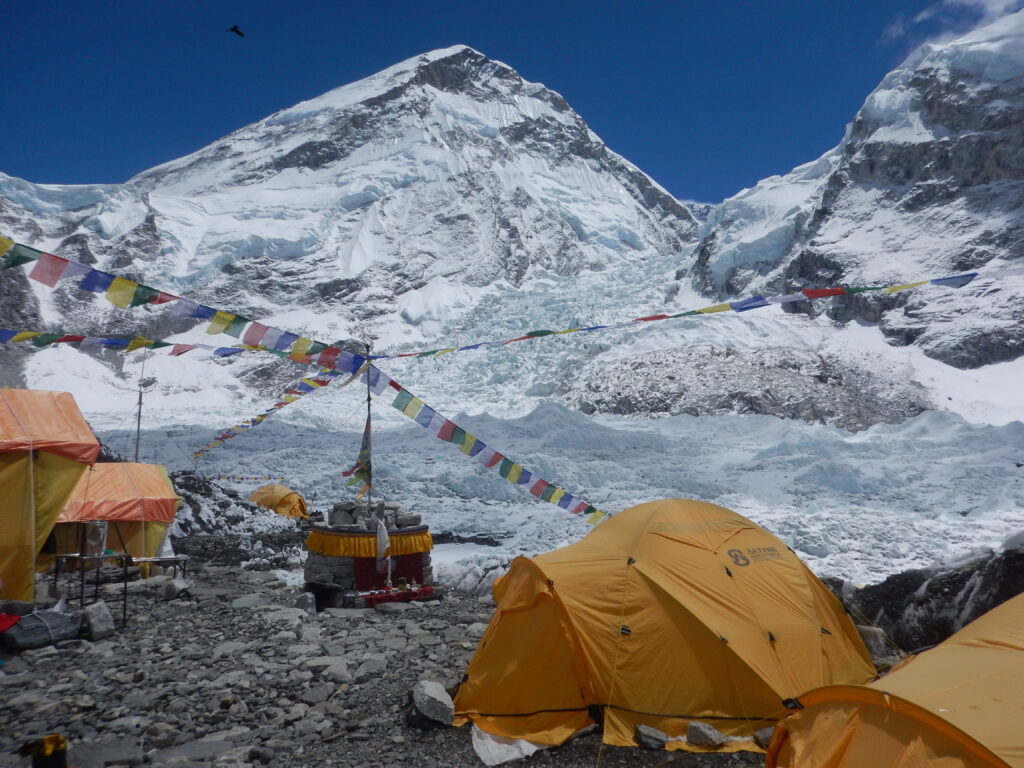
So how do you start training for something that doesn’t respond to your spreadsheet?
Respect.
Respect the mountain, its weather, its people, and its unpredictability. What worked for Kilimanjaro in Africa won’t necessarily apply to Stok Kangri in Ladakh or Island Peak in Nepal. Every region has its own character — and your job is to adapt, not expect it to adapt to you.
Resilience.
We live in a world where you can have groceries, cab rides, and validation delivered in under ten minutes. Mountains don’t work like that. High altitude teaches you to embrace discomfort, sit with uncertainty, and delay gratification longer than your last Netflix binge. In fact, the only thing that comes quickly up there is AMS (Acute Mountaineering Sickness) and that’s not the kind of summit rush you want.
Humility.
This one’s big. You’re not conquering the mountain — you’re collaborating with it. If you’re lucky, the mountain might let you stand on its summit for a moment. But it will never bend to your schedule. So build in buffer days. Accept detours. Pack extra snacks, extra layers, and most importantly — extra patience.
The most dangerous climber isn’t the one who’s underprepared — it’s the one who believes the mountain owes them something. Trust me, it doesn’t.
-
Develop a Structured Training Plan (3–6 Months Minimum)
Let’s be honest — climbing a 6000m mountain is not a “wing it on the weekend” kind of activity. You can’t show up with a brand-new down jacket, half-broken trekking shoes, and the optimism of a motivational quote and expect the mountain to be impressed.
You need a plan. A structured, consistent, and slightly uncomfortable plan.
Think of it as building your mountain engine — not for speed, but for slow-burning, unshakeable endurance. Because up there, it’s not about how fast you can go — it’s about how long you can keep going.
Build Your Endurance Base
Start with the basics. Long hikes, brisk walking, cycling, swimming — activities that build aerobic capacity.
Aim for 45 to 90 minutes, 4 to 5 times a week. Not heroic. Just steady.
And no, walking from the parking lot to your office doesn’t count — unless your office is halfway up a mountain.
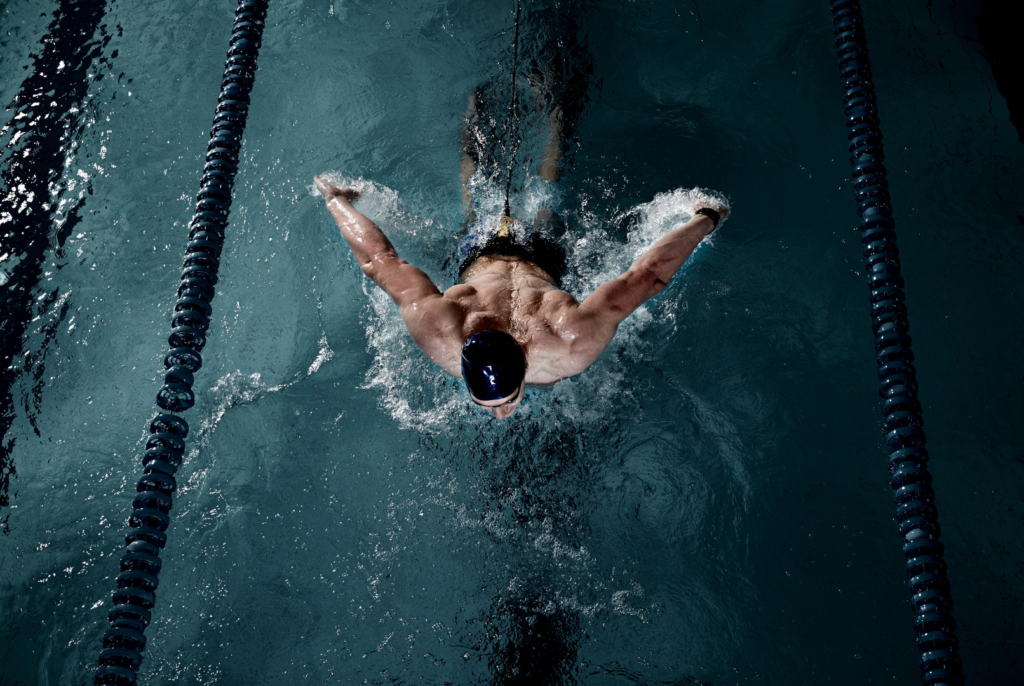
Stair Training with Load
One of the most effective (and painfully underrated) training methods: stairs with a backpack.
Start with 5kg. Gradually build to 10kg. Eventually, aim for 16kg — because if something goes wrong on the expedition (and let’s face it, something always does), you might have to carry that weight. Quite literally.
Find a tall building or a public staircase, load up your pack, and become “that person” who makes strangers wonder if you’re training for war or running from it.
Interval Training for Oxygen Efficiency
High-Intensity Interval Training (HIIT) is your best friend for boosting cardiovascular performance. Think short bursts of high effort followed by recovery periods — like sprinting uphill for 30 seconds, then walking for a minute.
This improves your oxygen uptake — crucial for the low-oxygen world you’re about to enter, where catching your breath feels like trying to inhale through a straw… covered in cling film… at 5,800m.
Simulate Altitude (If You Can)
Got access to an altitude chamber or a hypoxic mask? Great. Use it.
Yes, you might look like Bane from The Dark Knight walking through your gym, but remember: you’re training for the mountains, not Instagram. You’ll stand out in the gym, sure — but more importantly, you’ll still be standing on summit day.
Continue reading Part Part 2 here ..
Follow us on Social Media – LinkedIn | TripAdvisor | Instagram
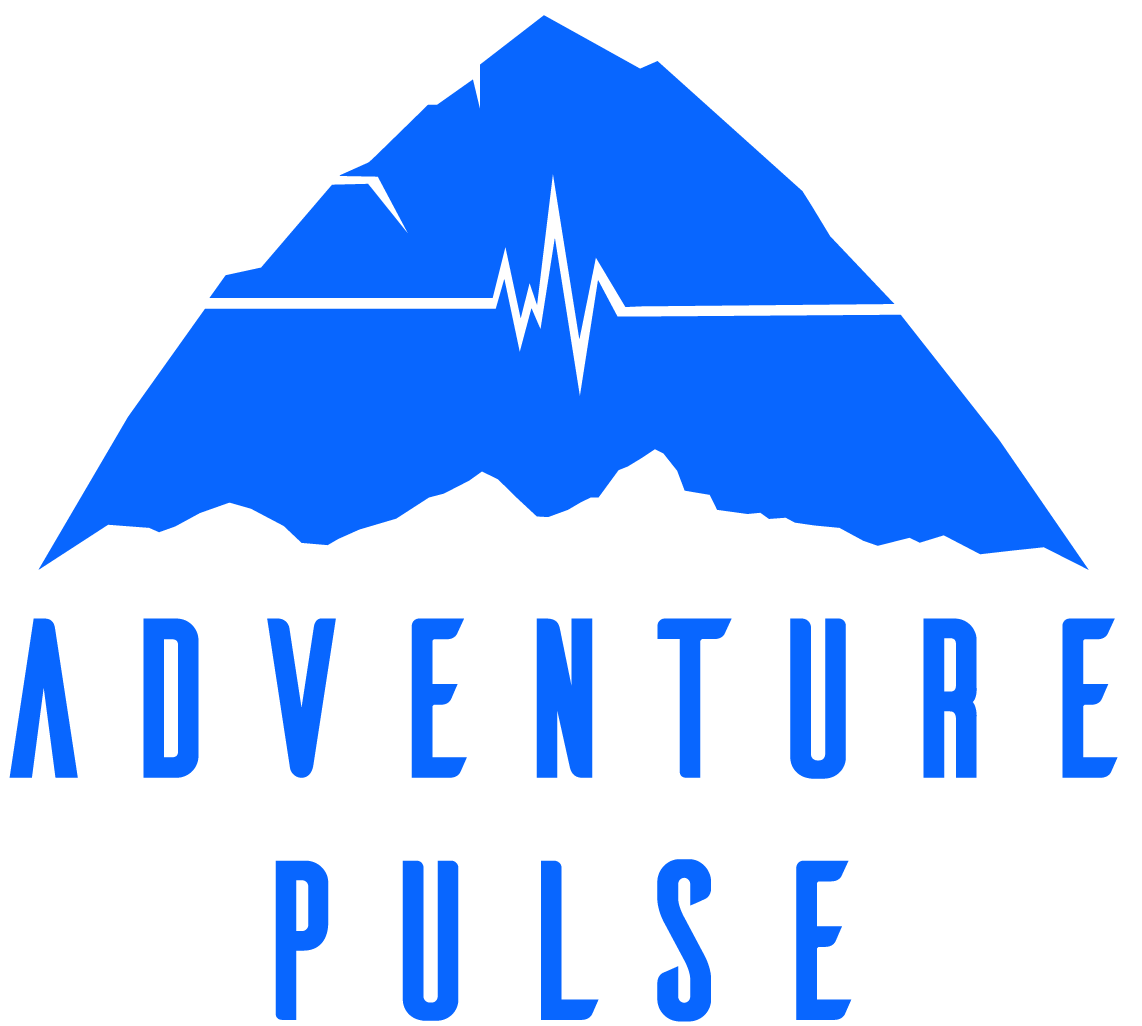
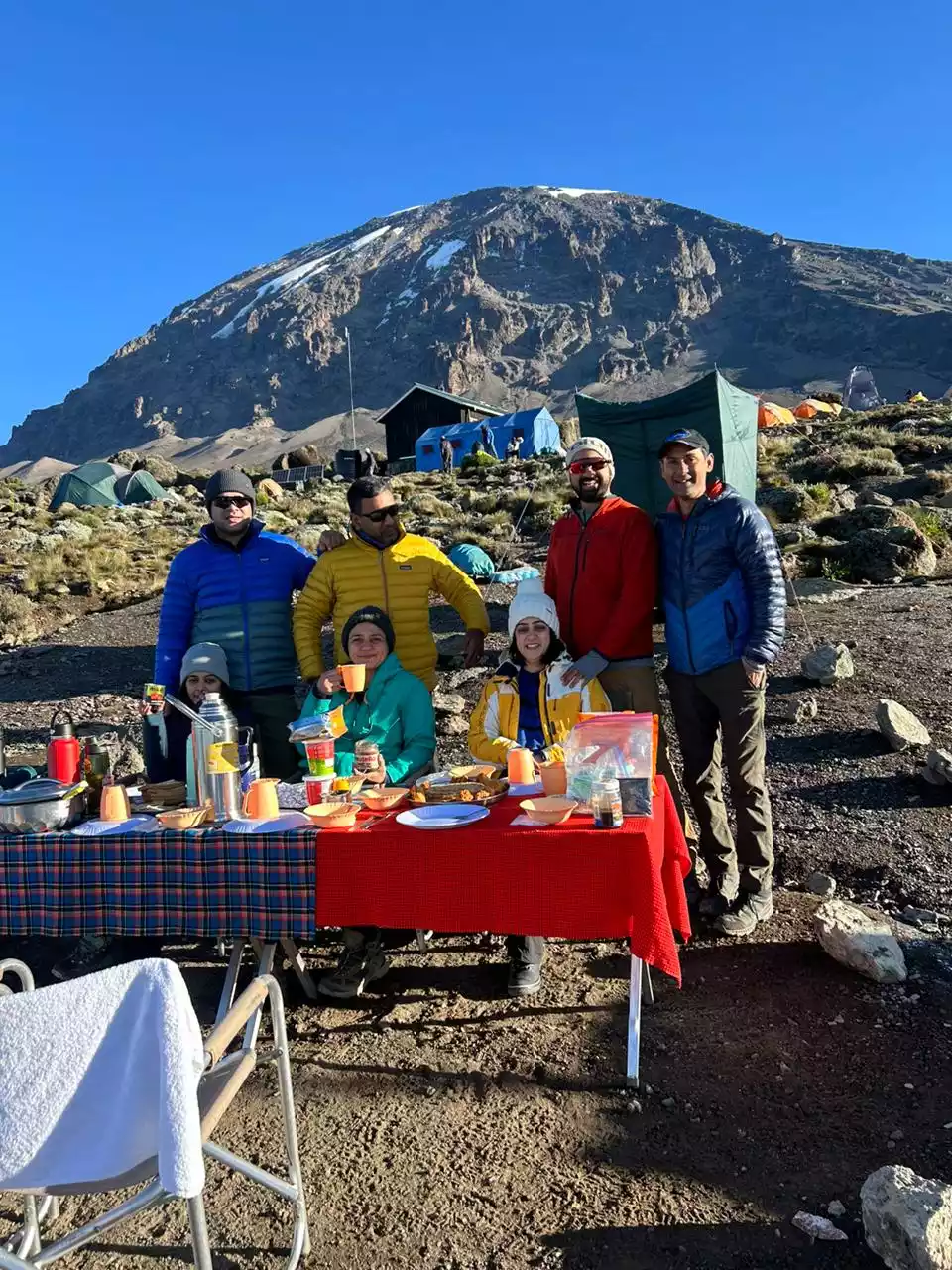
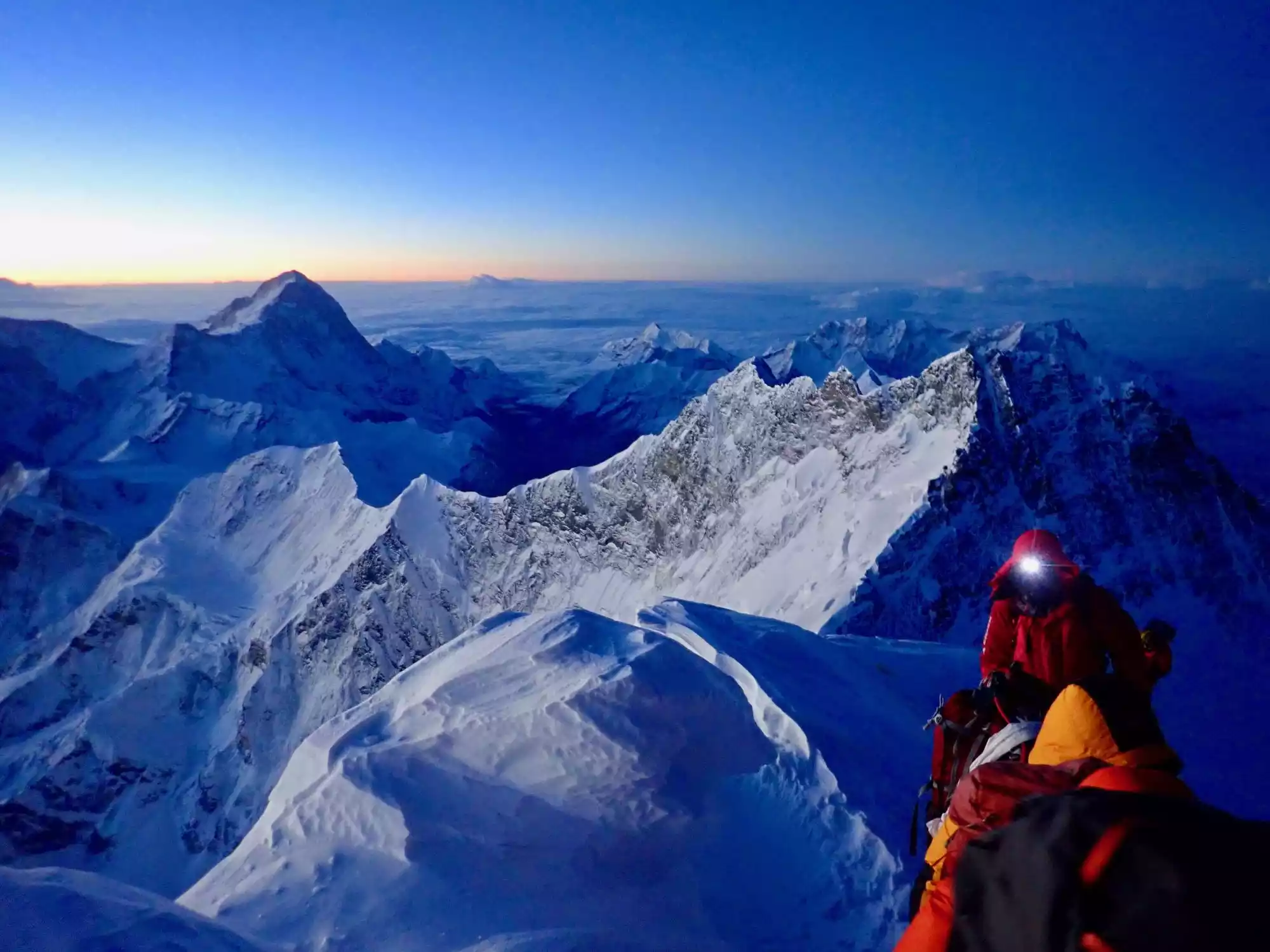
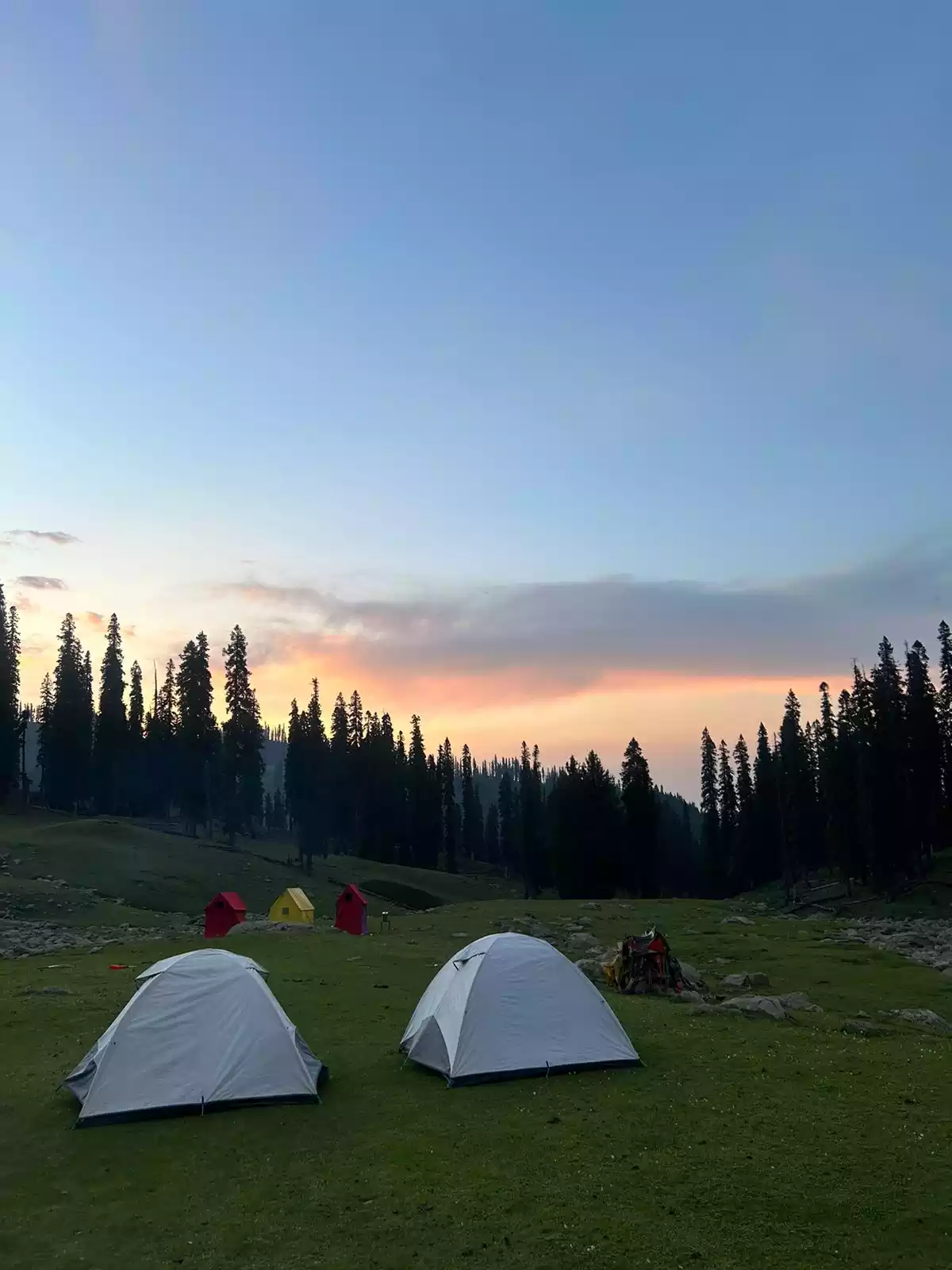
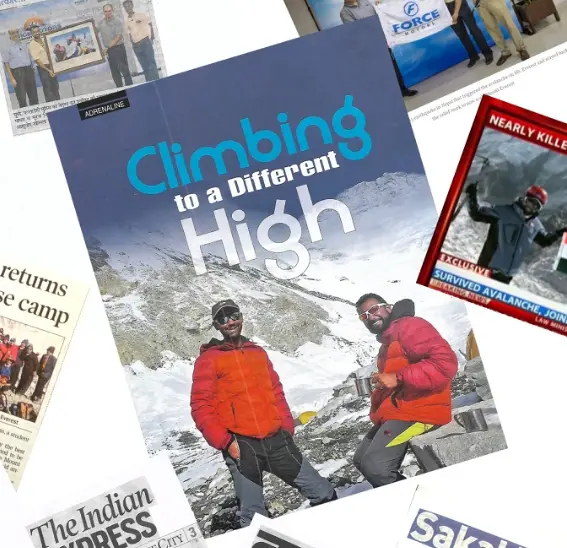
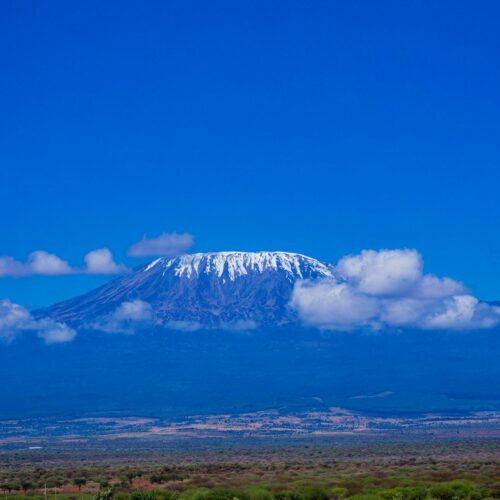
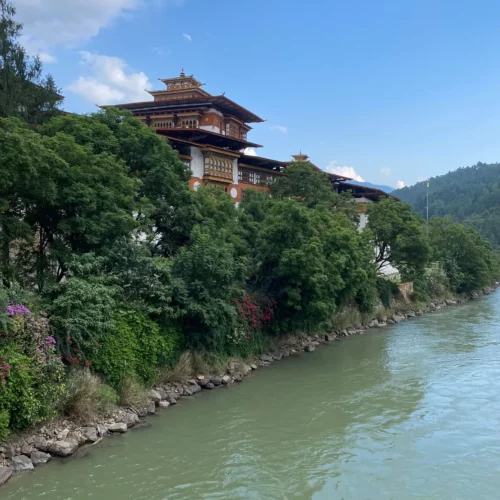
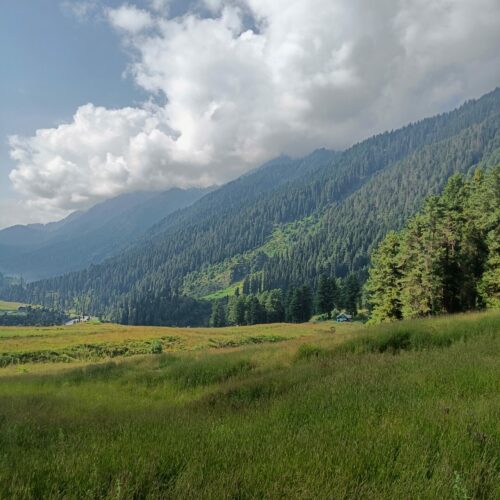
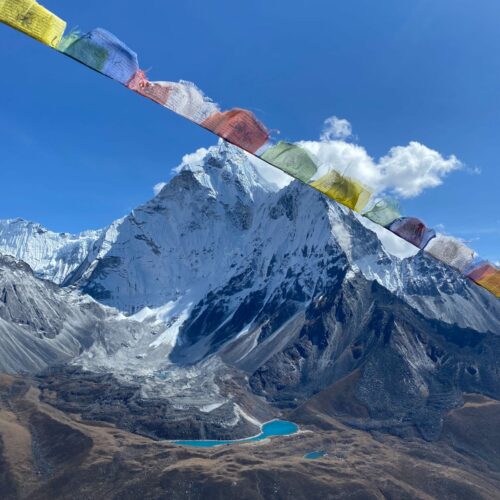
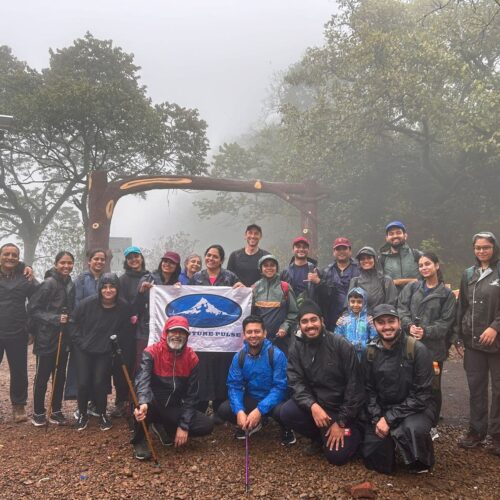
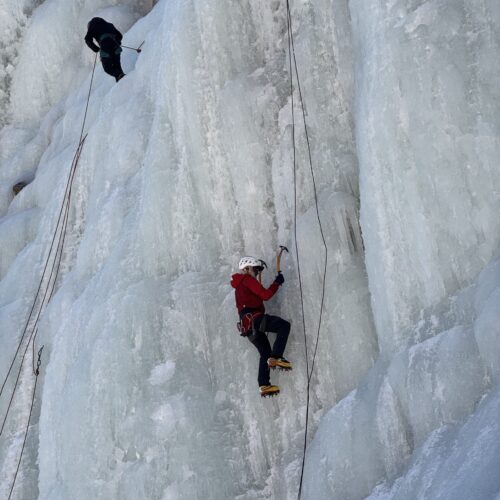
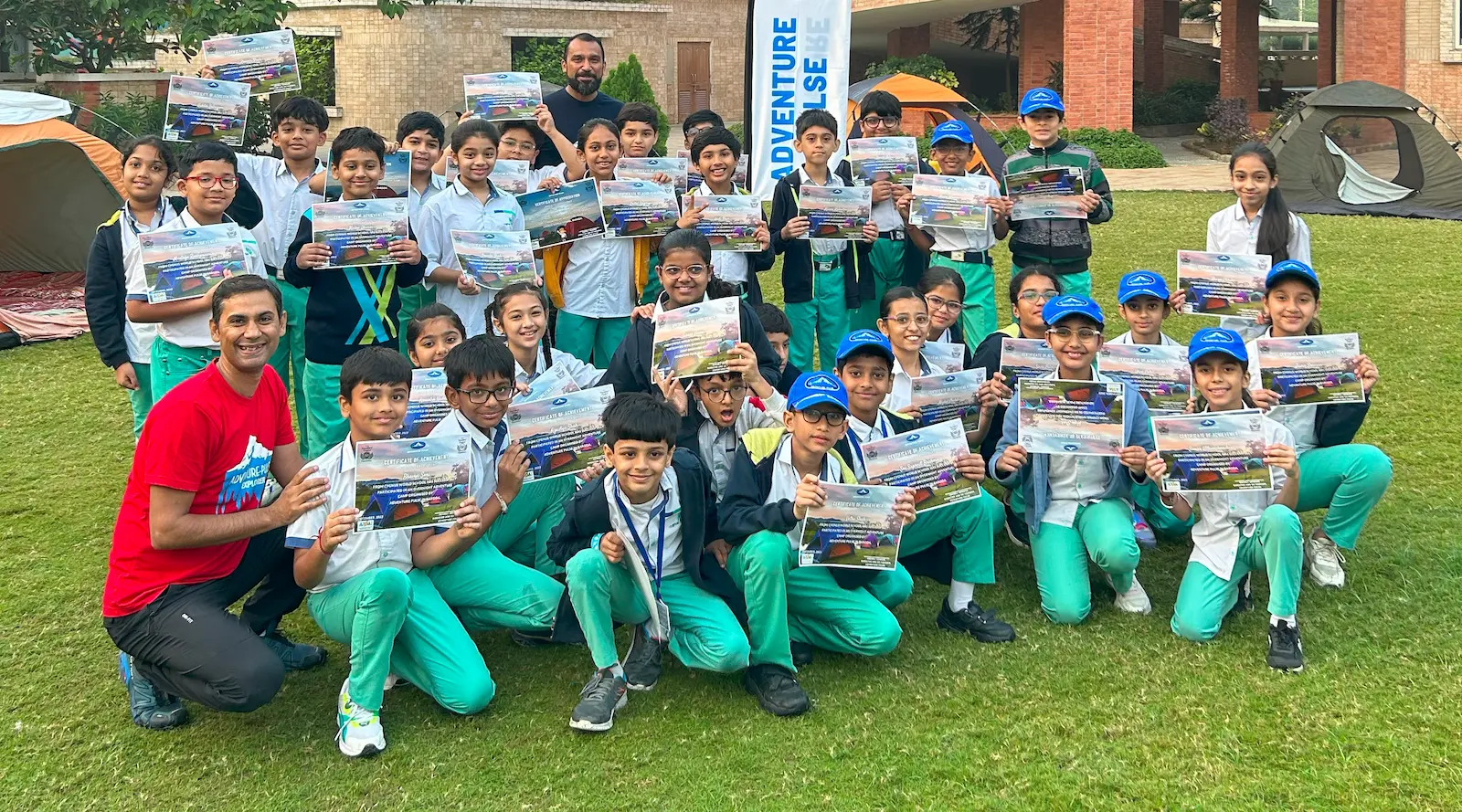
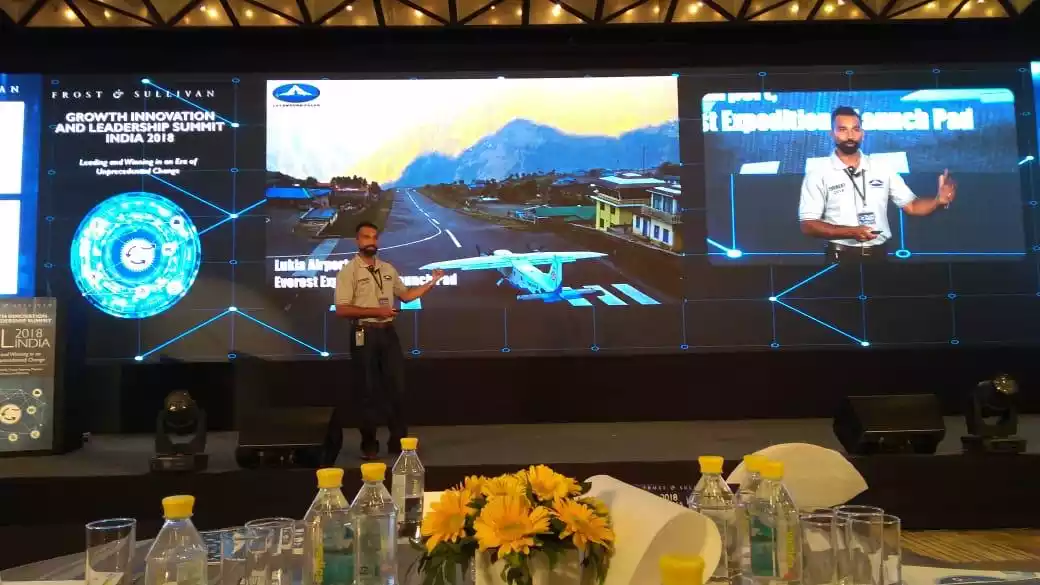
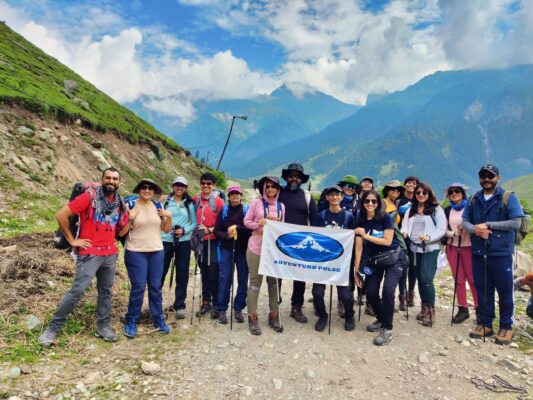
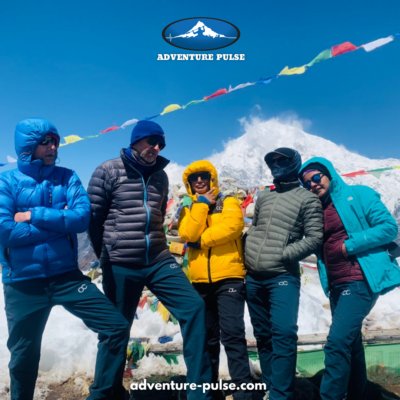
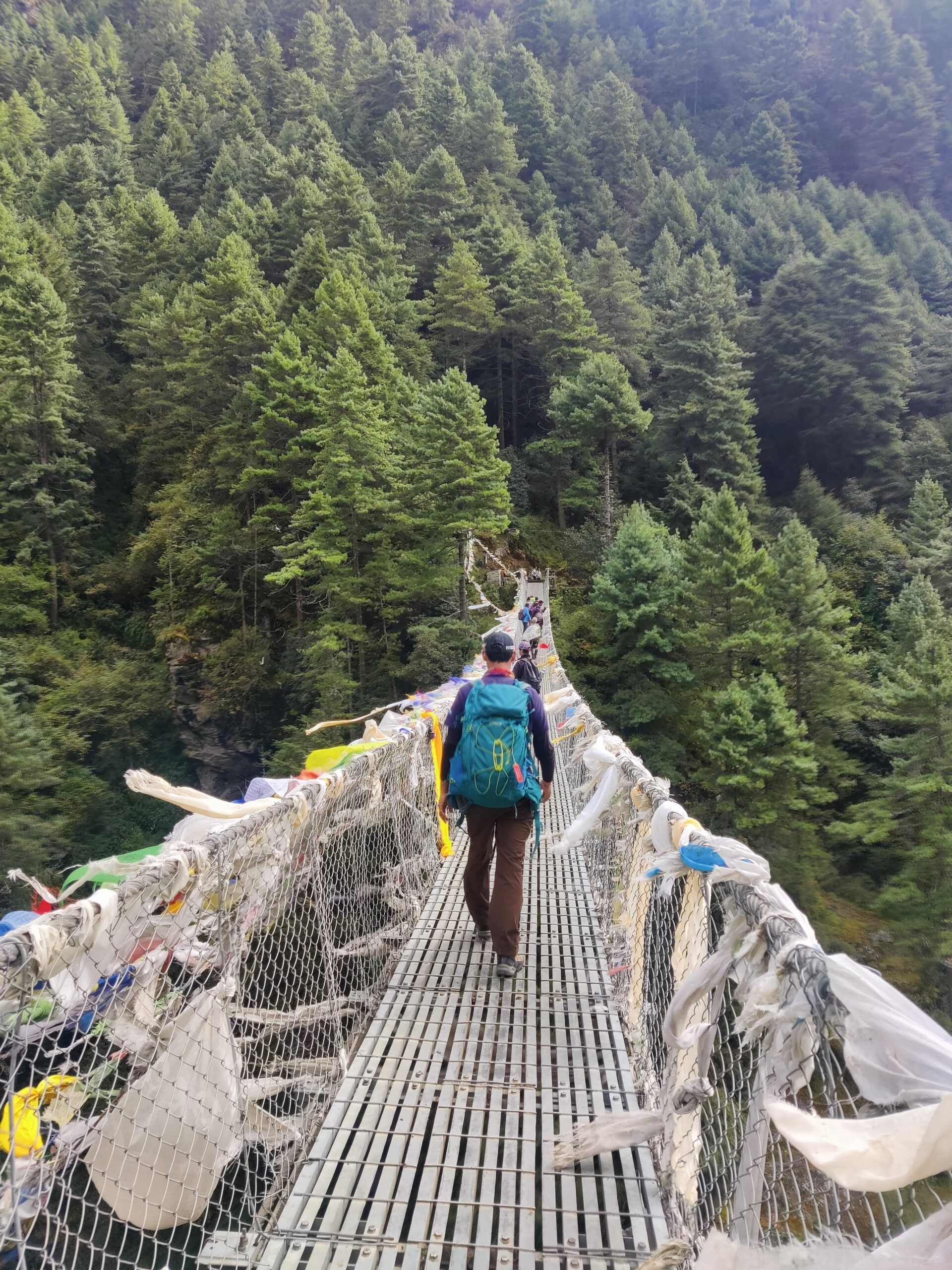
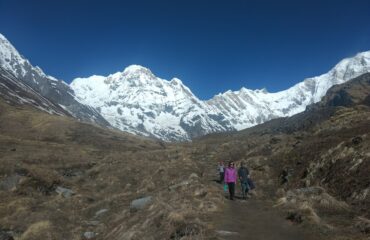
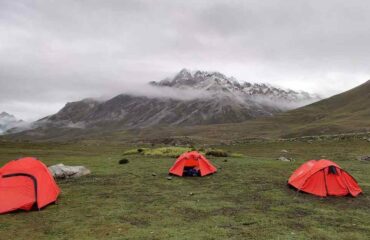
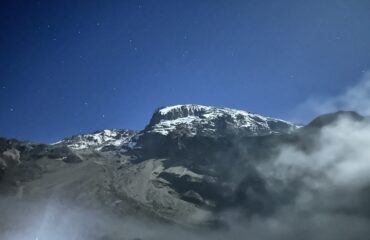
Amazing read Sam.
A great guideline for us to follow and keep it in mind.